N. Paver, School on Non-accelerator Astroparticle, R. A. Carrigan, Giorgio Mario Giacomelli, R. A. Carrigan, Giorgio Mario Giacomelli9812563164, 9789812563163, 9789812701893
Table of contents :
Dark Matter……Page 8
FOREWORD……Page 6
1. Introduction……Page 12
2.1. Electroweak Radiative Corrections……Page 14
2.2. Higgs Boson Searches……Page 18
3. Grand Unification……Page 20
4. Supersymmetry……Page 22
5. Extra dimensions……Page 27
References……Page 29
1. Introduction……Page 32
2. Neutrino Oscillations in Vacuum……Page 33
3. Matter-Enhanced Transitions……Page 36
4. Analytic Description of the Solar Neutrino Oscillations……Page 41
5. The Neutrino Mixing Parameters……Page 44
References……Page 49
1. Introduction to neutrino oscillations……Page 52
2. The short baseline experiments at CERN……Page 53
3. The LSND and Karmen experiments (1993-2001)……Page 55
5. The CHOOZ and Palo Verde experiments……Page 57
6. K2K……Page 58
8. The CNGS program……Page 59
10. OPERA……Page 61
References……Page 63
1. Introduction……Page 65
2. Atmospheric neutrino flux calculations……Page 66
3. Results from the Soudan 2 experiment……Page 67
4. Results from the MACRO experiment……Page 69
5. Results from the SuperKamiokande experiment……Page 73
Acknowledgements……Page 77
References……Page 78
1. The Solar Neutrino Problem……Page 79
2.3. Kamiokande and SuperKamiokande……Page 82
3.1. The Sudbury Neutrino Observatory (SNO)……Page 83
3.2. The Kamioka Liquid-scintillator Anti-Neutrino Detector (KamLAND)……Page 84
4. Conclusion……Page 85
References……Page 86
1. Introduction……Page 87
2. Composition of the Universe……Page 88
3. Astronomy with Neutrinos……Page 89
4. Extreme Cosmic Sources of High Energy Radiation……Page 90
5. Techniques of Neutrino Telescopes……Page 91
6. Neutrino Telescope Projects……Page 94
7. Potential Sources for Neutrino Telescopes……Page 96
8. Existing Results……Page 98
References……Page 100
1. The dark side of the Universe……Page 101
2.1. The long-standing issue of dark matter……Page 102
2.2. The surprise of dark energy……Page 103
3. Dark energy in a particle physics context……Page 105
4. Relic particles as dark matter candidates……Page 108
5. WIMP dark matter identification……Page 111
References……Page 113
1. Introduction……Page 115
2. A direct detection experiment: DAMA/Nal……Page 117
3. The model-independent result of DAMA/Nal……Page 119
4. Some corollary model-dependent quests for a candidate……Page 122
5. Comparison with other direct and indirect detection experiments……Page 125
6. Conclusions and perspectives……Page 129
References……Page 130
1. Introduction……Page 133
4. Massive axions or axion-like particles……Page 134
5. Underground experiments……Page 135
6.1. v-experiments……Page 136
6.3. Shining Through Wall……Page 137
7. Conclusions……Page 138
References……Page 139
1. Introduction……Page 140
1.1. Properties of magnetic monopoles……Page 141
2. “Classical Dirac monopoles”……Page 143
3. GUT monopoles……Page 145
4. Cosmological and astrophysical bounds……Page 147
5. Intermediate mass magnetic monopoles……Page 148
6. Nuclearites and Q-balls……Page 149
References……Page 152
The World of Science……Page 9
1. Introduction……Page 154
2. C.R. from the Galaxy……Page 155
2.1. Fermi Acceleration mechanisms……Page 156
2.2. C.R. motion in the ISM……Page 158
3. From Galactic to Extra-Galactic C.R…….Page 159
4.1. The Greisen-Zatseping-Kuz’min (GZK) effect……Page 160
4.2.1. Bottom-up models……Page 161
4.2.2. Top-down models……Page 164
5. Experimental Overview……Page 165
5.1.1. Arrays of Surface Detectors (3D)……Page 166
5.1.2. Fluorescence Fly’s Eye Detectors (FD)……Page 167
5.2. Experimental Results……Page 169
5.3. The new generation of experiments……Page 171
5.4. Future Outlook……Page 173
References……Page 174
1. Introduction……Page 176
2. Antimatter in Space……Page 177
3. High energy gamma astrophysics……Page 181
Conclusion……Page 183
References……Page 184
1. Introduction……Page 185
2. Why observations from space……Page 186
3. What is Dark Matter?……Page 187
4. What is the nature of Dark Energy?……Page 190
5. How did the Universe begin?……Page 192
References……Page 195
1. Basic ideas……Page 197
2. What does GR tell us about gravitational waves?……Page 198
3. How do gravitational waves interact with matter?……Page 200
4. How is gravitational wave emission linked to changes in the source?……Page 203
5. Order of magnitude estimates……Page 204
6. Summary of astronomical sources of gravitational waves……Page 206
7. Gravitational waves and the binary pulsar PSR 1913+16……Page 207
Further reading……Page 208
1. Introduction……Page 209
2. Gravitational Waves and Detectable Sources……Page 210
3.1. The resonant body……Page 214
3.2. The motion sensor……Page 216
3.3. Noise……Page 218
3.4. The future of resonant-mass detectors……Page 221
4. Interferometric detectors……Page 222
5.1. Seismic noise……Page 224
5.3. Shot noise……Page 226
6. Conclusions……Page 227
References……Page 228
1. Introduction……Page 229
2. Precision electroweak measurements……Page 231
3. QCD……Page 235
4. New particle searches……Page 236
5. Historical and sociological aspects……Page 238
References……Page 242
1. Introduction……Page 244
2. Accelerators from now to 2009……Page 245
3. The next decade (2010-2019)……Page 248
3.1. Linear collider……Page 249
3.2. Muon colliders……Page 251
3.3. Super beams, neutrino factories, and beta beams…….Page 252
4. Visionary possibilities (2020 and beyond)……Page 254
References……Page 257
2. The Similarities……Page 259
2.1. Photomultipller Tubes……Page 260
2.3. Other Similarities……Page 263
3.1. SNO and KamLAND……Page 264
3.2. AMANDA and IceCube……Page 266
3.3. ANITA……Page 269
3.4. Pierre Auger……Page 270
3.5. CDMS-II……Page 271
References……Page 272
1. Introduction……Page 273
2.1. LHC Experiments……Page 274
3. Complexities of Data Management……Page 276
4. Distributed Computing and Data Access……Page 277
5. Grid Computing……Page 278
6. Computing Models and basic components……Page 280
7.1. First results from LHC Experiments’ Data Challenges……Page 283
8. Perspectives on missing components……Page 285
9. Conclusions……Page 286
References……Page 287
1. Introduction……Page 288
2. Science popularization……Page 290
3. Scientific outreach in Internet……Page 291
4. Conclusions……Page 294
References……Page 295
1. Remembering Goedel……Page 296
3. The beauty of Flaws and the infinite universe……Page 297
4. The very small and the very large……Page 298
1. Introduction……Page 300
2. Particle Physics and Accelerator Science……Page 301
3. Cosmology……Page 302
4. Space……Page 304
5. DNA……Page 305
6. Computing……Page 307
References……Page 309
Appendices……Page 10
Summaries of the Poster Sessions Y. Becherini, Z. Sahnoun and A. Zakharov……Page 310
List of Participants……Page 328
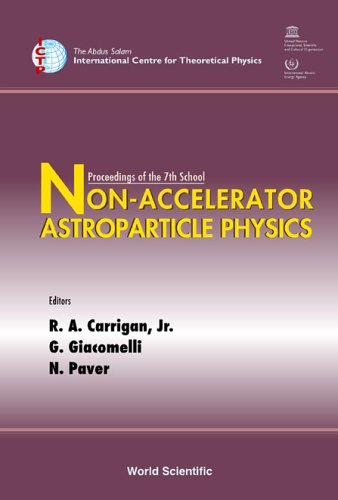
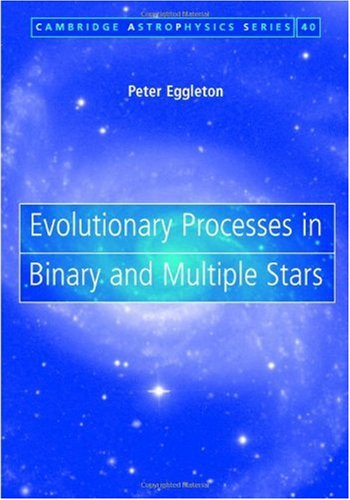
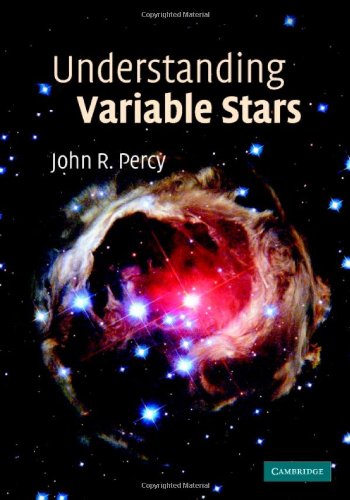
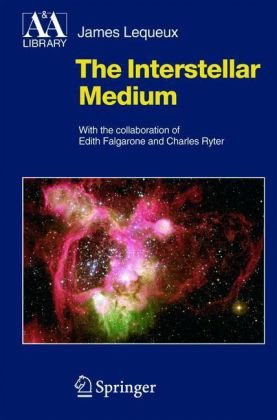
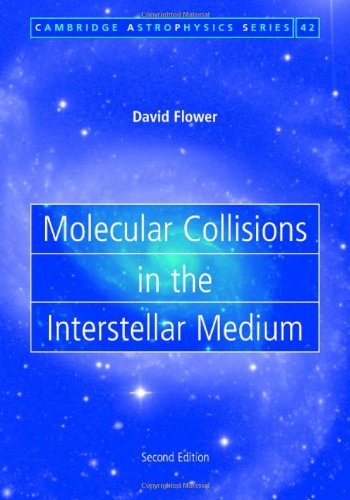
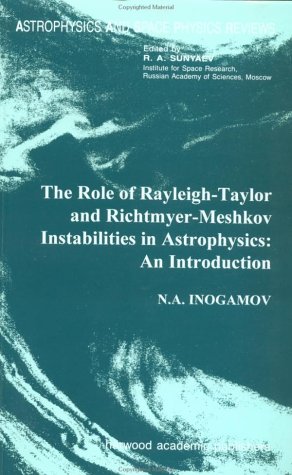
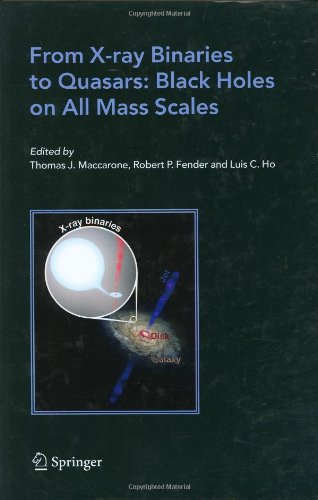
Reviews
There are no reviews yet.